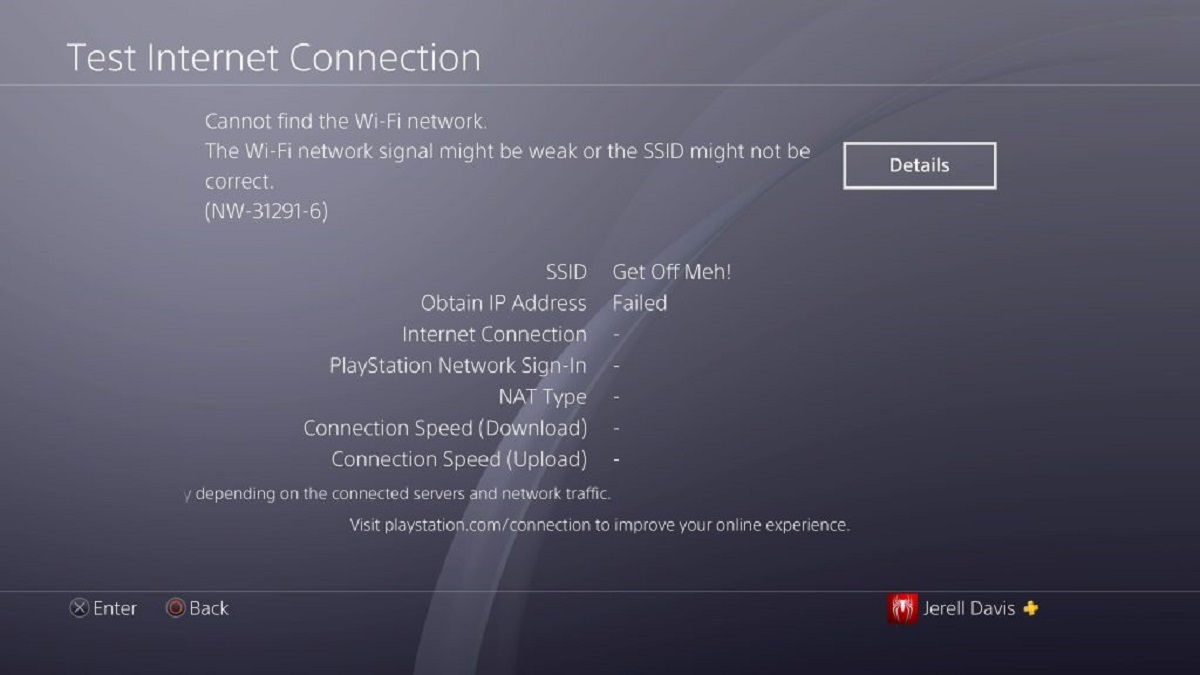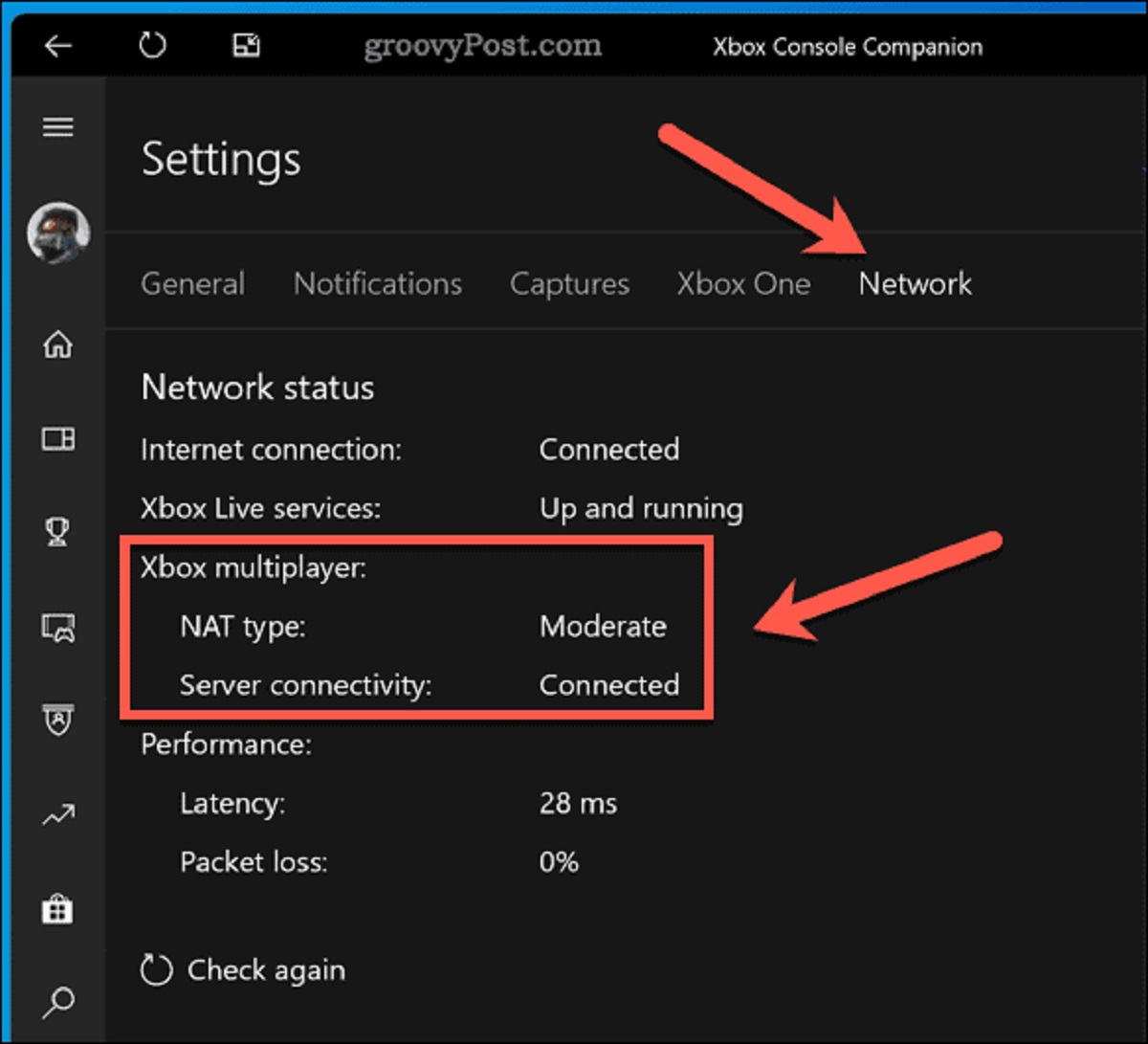Introduction
In today's interconnected world, staying connected is more important than ever. Whether it's for work, leisure, or keeping in touch with loved ones, having a reliable internet connection is a necessity. Mobile hotspots have become a popular solution for accessing the internet on the go, providing flexibility and convenience. However, ensuring that the Network Address Translation (NAT) type is optimized is crucial for a seamless online experience.
NAT type plays a pivotal role in determining the performance and connectivity of devices using a mobile hotspot. It governs how devices communicate with servers and other devices over the internet. Understanding and modifying the NAT type can significantly impact the speed, stability, and security of the connection.
In this article, we will delve into the intricacies of NAT type and explore the steps to modify the NAT type of a mobile hotspot. By gaining a comprehensive understanding of this process, users can enhance their internet connectivity and optimize their online experiences. Let's embark on this journey to unlock the full potential of mobile hotspots and ensure a smooth and reliable connection for all our internet needs.
Understanding NAT Type
Network Address Translation (NAT) is a fundamental aspect of internet connectivity, especially in the context of mobile hotspots. NAT type refers to the method used to translate private IP addresses within a local network into a public IP address, allowing devices to communicate with servers and other devices on the internet. It plays a crucial role in determining the performance, security, and connectivity of devices using a mobile hotspot.
There are three primary NAT types: Open, Moderate, and Strict. Each type dictates the level of connectivity and interaction a device can have with other devices and servers over the internet.
-
Open NAT: This type provides the highest level of connectivity and is often preferred for online gaming, video conferencing, and peer-to-peer connections. Devices with an open NAT type can easily connect to devices with any other NAT type, ensuring seamless communication and minimal restrictions.
-
Moderate NAT: Devices with a moderate NAT type may experience certain limitations in connectivity. While they can connect to devices with an open or moderate NAT type, they may encounter challenges when communicating with devices using a strict NAT type. This can lead to slower connections and potential disruptions in online activities.
-
Strict NAT: Devices with a strict NAT type face the most significant restrictions in terms of connectivity. They may experience difficulties connecting to devices with moderate or strict NAT types, leading to limited interaction and potential performance issues. For activities such as online gaming and peer-to-peer connections, a strict NAT type can significantly hinder the user experience.
Understanding the implications of each NAT type is essential for optimizing internet connectivity, particularly when using a mobile hotspot. By assessing the current NAT type and considering the specific requirements of online activities, users can make informed decisions about modifying the NAT type to enhance their overall internet experience.
In the next section, we will explore the steps involved in modifying the NAT type of a mobile hotspot, empowering users to take control of their internet connectivity and unlock the full potential of their devices.
Modifying Mobile Hotspot NAT Type
Modifying the NAT type of a mobile hotspot can have a profound impact on the overall internet connectivity and user experience. By adjusting the NAT type, users can optimize their ability to connect with servers and other devices, ensuring smoother and more reliable online interactions.
The process of modifying the NAT type of a mobile hotspot involves accessing the device's settings and making specific configurations to align with the desired NAT type. It's important to note that the ability to modify the NAT type may vary depending on the mobile hotspot device and the associated network settings.
To begin the process, users typically access the administrative settings of their mobile hotspot device through a web interface or dedicated mobile app. Once within the settings interface, they can navigate to the network or connectivity options to locate the NAT type configuration.
Upon finding the NAT type settings, users may have the option to choose between different configurations, such as Open, Moderate, or Strict. Selecting the desired NAT type allows the device to adjust its network address translation behavior, influencing how it communicates with external servers and devices over the internet.
It's important to consider the specific requirements of online activities when modifying the NAT type. For instance, users engaging in online gaming or peer-to-peer connections may benefit from an Open NAT type, which facilitates seamless and unrestricted communication with other devices. On the other hand, users prioritizing general internet browsing and standard online activities may find that a Moderate NAT type meets their needs effectively.
After selecting the desired NAT type and applying the configuration changes, users should save the settings and restart their mobile hotspot device to ensure that the modifications take effect. Once the device restarts, it will operate with the newly configured NAT type, potentially enhancing the speed, stability, and overall performance of the internet connection.
By understanding the process of modifying the NAT type of a mobile hotspot and considering the specific requirements of their online activities, users can take proactive steps to optimize their internet connectivity. Whether it's for gaming, video streaming, remote work, or staying connected with friends and family, having the ability to tailor the NAT type empowers users to create a personalized and reliable online experience.
In the next section, we will delve into the specific configuration steps involved in modifying the NAT type of a mobile hotspot, providing users with a clear and actionable guide to enhance their internet connectivity.
Configuration Steps
Modifying the NAT type of a mobile hotspot involves a series of specific configuration steps to ensure a seamless transition to the desired connectivity settings. By following these steps, users can effectively optimize their internet connectivity and enhance their overall online experience.
-
Accessing Device Settings: Begin by accessing the administrative settings of the mobile hotspot device. This can typically be done through a web interface by entering the device's IP address into a web browser or using a dedicated mobile app provided by the device manufacturer.
-
Navigating to Network Settings: Once within the device's settings interface, navigate to the network or connectivity options. Look for the section related to NAT type or network address translation settings.
-
Selecting Desired NAT Type: Within the NAT type settings, users may have the option to choose between Open, Moderate, or Strict configurations. Consider the specific requirements of your online activities and select the NAT type that aligns with your connectivity needs.
-
Saving Configuration Changes: After selecting the desired NAT type, save the configuration changes within the device settings. This ensures that the device will operate with the newly selected NAT type.
-
Restarting the Device: To ensure that the modifications take effect, restart the mobile hotspot device. This step is crucial for applying the newly configured NAT type and ensuring that the device operates according to the updated settings.
-
Testing Connectivity: After the device restarts, test the internet connectivity to confirm that the modified NAT type is providing the desired level of performance and connectivity. Engage in activities such as online gaming, video streaming, or general web browsing to assess the impact of the configuration changes.
By following these configuration steps, users can effectively modify the NAT type of their mobile hotspot, tailoring the connectivity settings to suit their specific online requirements. Whether it's prioritizing seamless gaming experiences, optimizing video conferencing capabilities, or ensuring stable connections for remote work, the ability to configure the NAT type empowers users to customize their internet connectivity according to their preferences.
The process of modifying the NAT type of a mobile hotspot is a proactive step toward enhancing internet connectivity and ensuring a reliable online experience across various devices and activities. By understanding the configuration steps and leveraging the flexibility offered by NAT type settings, users can take control of their internet connectivity and unlock the full potential of their mobile hotspot devices.
Conclusion
In conclusion, the ability to modify the NAT type of a mobile hotspot presents users with a valuable opportunity to optimize their internet connectivity and enhance their overall online experiences. By understanding the implications of different NAT types and following the specific configuration steps, users can tailor their connectivity settings to align with their unique requirements, whether it's for online gaming, video streaming, remote work, or general web browsing.
The significance of NAT type modification extends beyond mere technical adjustments; it directly impacts the user's ability to connect with servers and other devices over the internet. With an open NAT type, users can enjoy seamless and unrestricted communication, making it ideal for activities such as online gaming and peer-to-peer connections. On the other hand, a moderate NAT type strikes a balance between connectivity and security, catering to a wide range of online activities. Understanding these distinctions empowers users to make informed decisions when configuring their mobile hotspot's NAT type.
The configuration steps involved in modifying the NAT type provide a clear and actionable guide for users to follow. From accessing the device settings to testing the modified connectivity, each step contributes to the seamless transition to the desired NAT type. This process not only enhances the speed and stability of the internet connection but also allows users to customize their online experiences according to their preferences and priorities.
Ultimately, the ability to modify the NAT type of a mobile hotspot reflects the evolving nature of internet connectivity, where personalization and optimization are key. By taking proactive steps to configure the NAT type, users can transcend the limitations of default settings and create a tailored internet environment that meets their specific needs and enhances their digital interactions.
As technology continues to shape the way we connect and engage online, the empowerment of users to modify NAT types signifies a shift toward personalized and adaptable internet experiences. Whether it's fostering seamless gaming environments, facilitating reliable video conferencing, or ensuring stable connections for remote work, the flexibility offered by NAT type configuration enables users to harness the full potential of their mobile hotspot devices.
In essence, the journey of modifying the NAT type of a mobile hotspot is not merely a technical endeavor; it's a pathway to unlocking a more personalized, reliable, and optimized internet connectivity, where users can truly tailor their online experiences to suit their diverse needs and preferences.

























